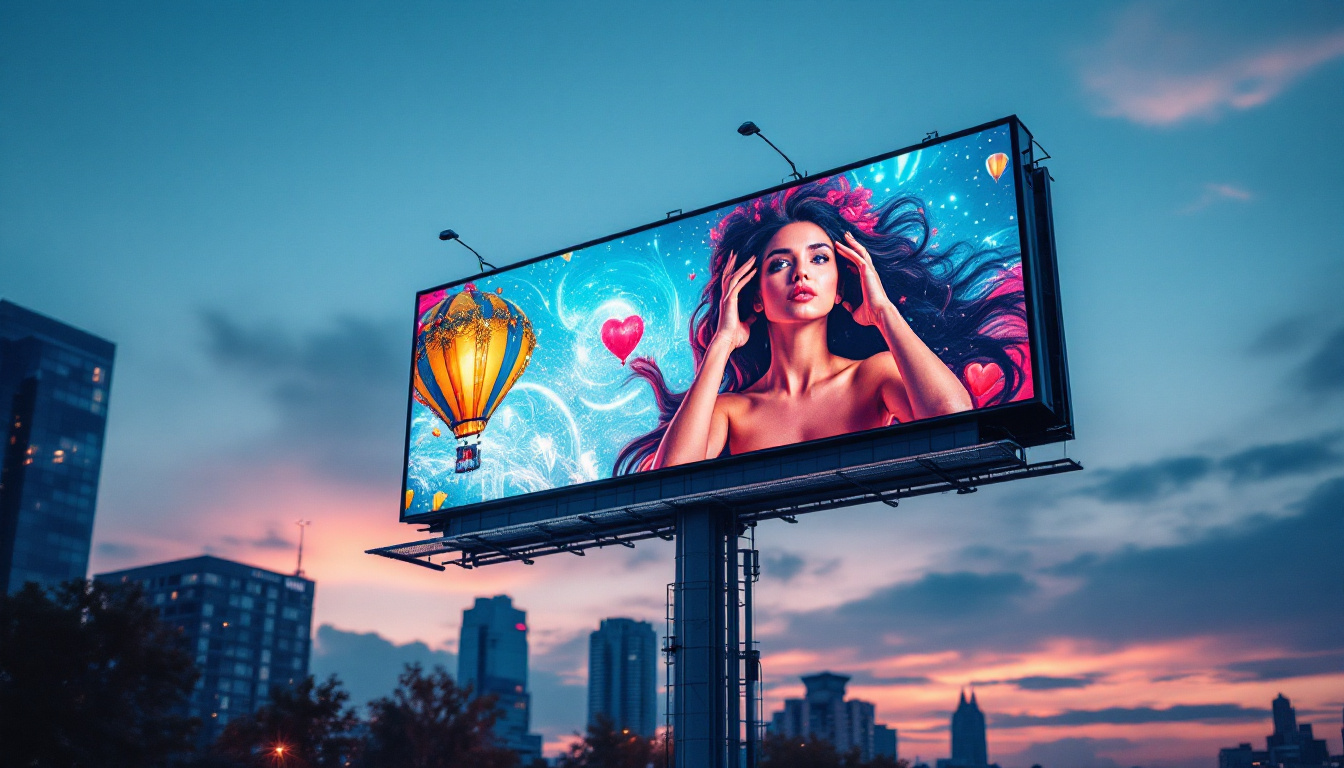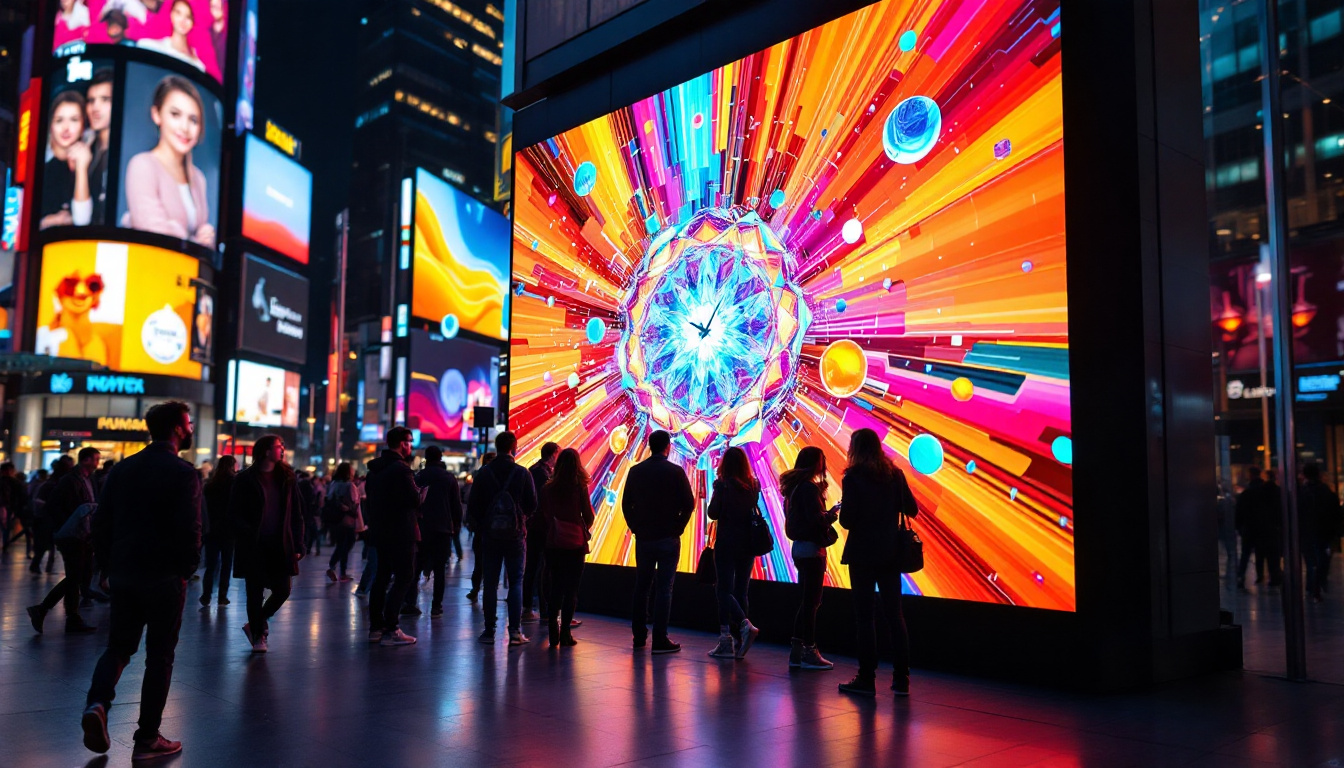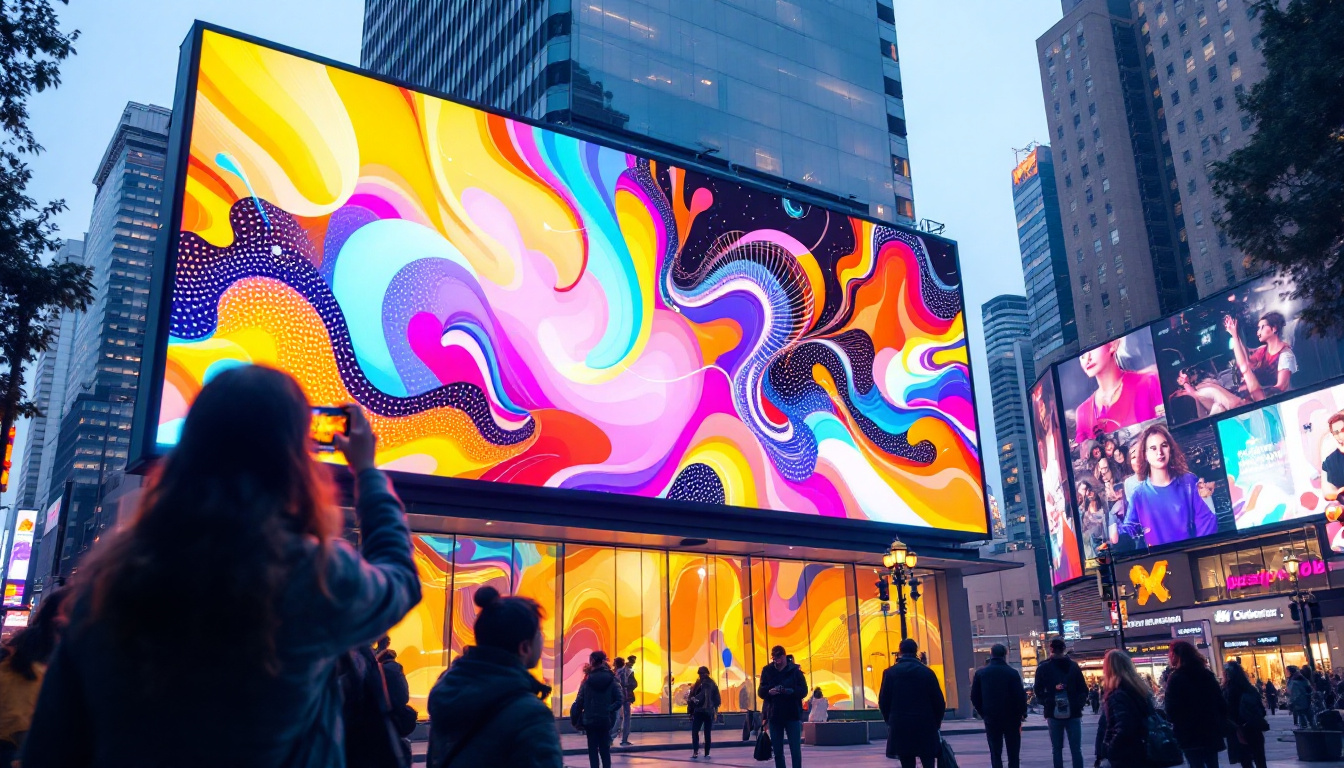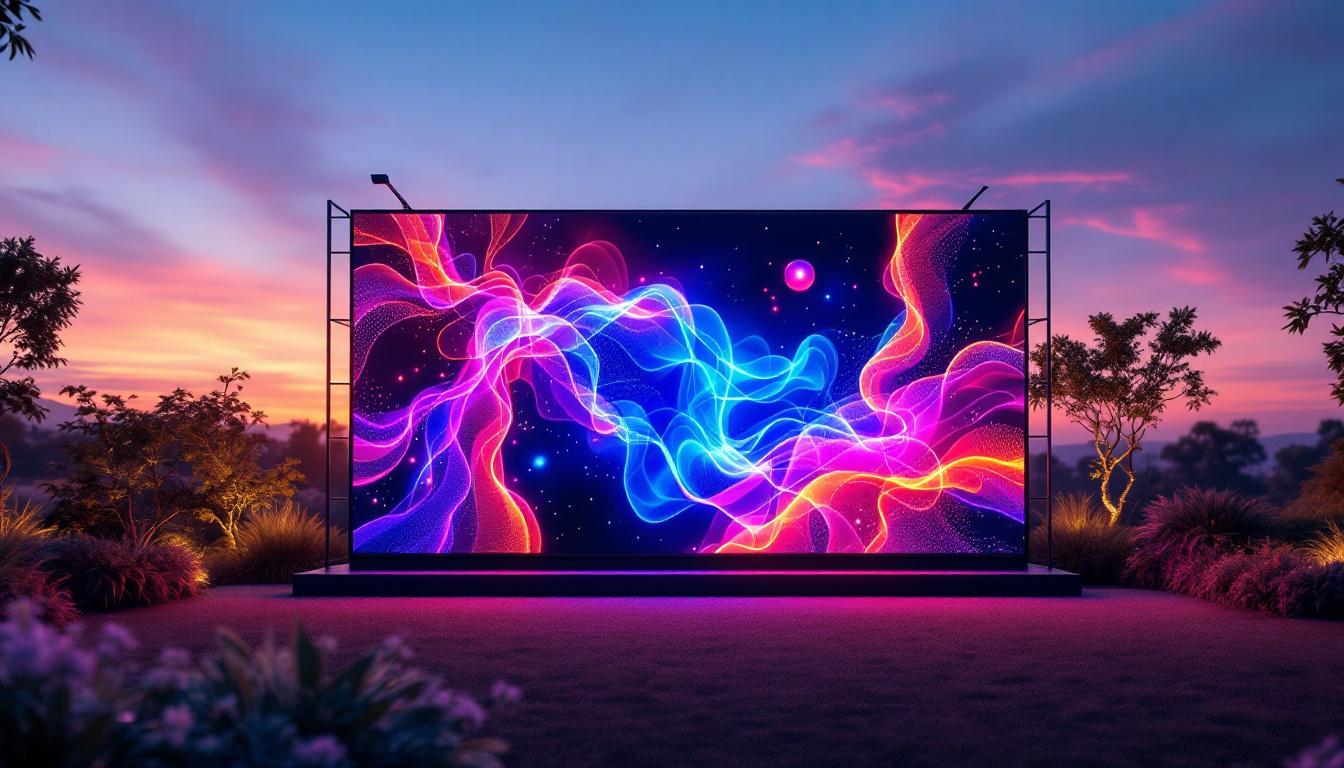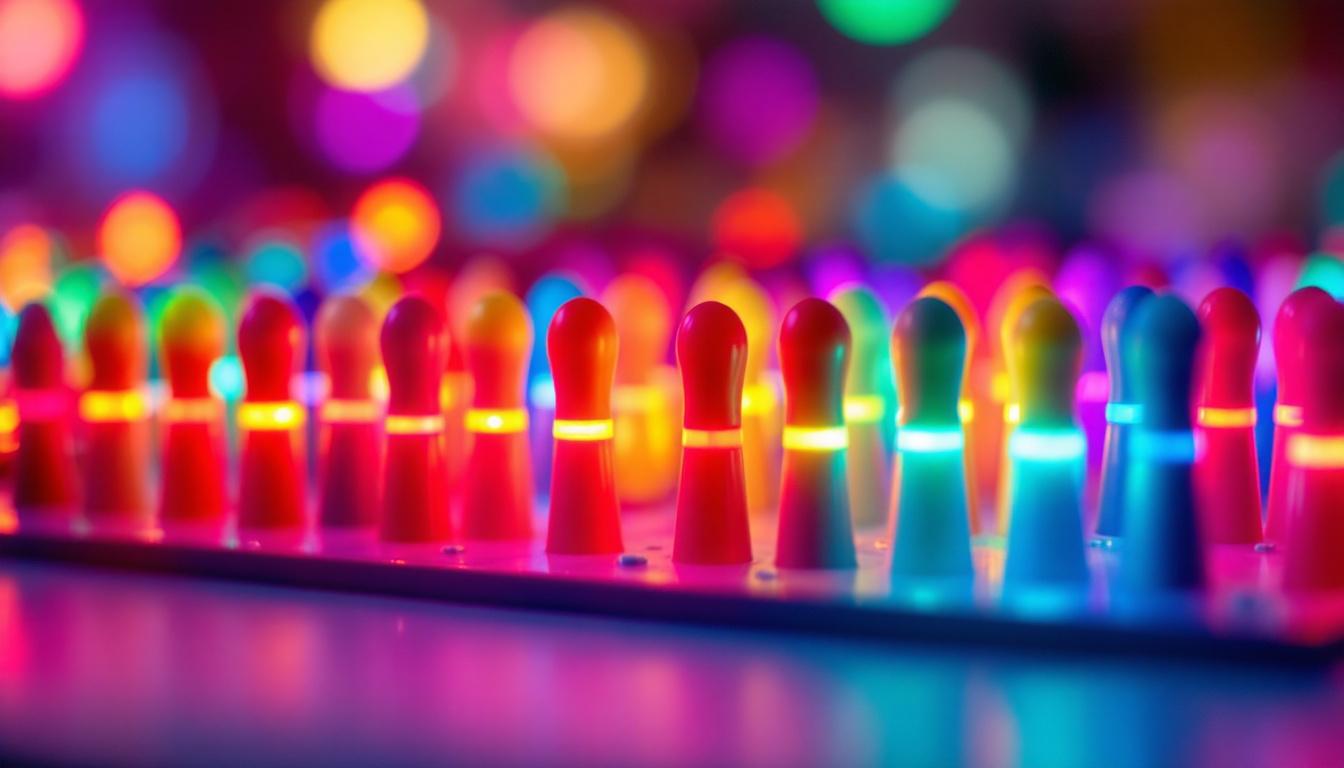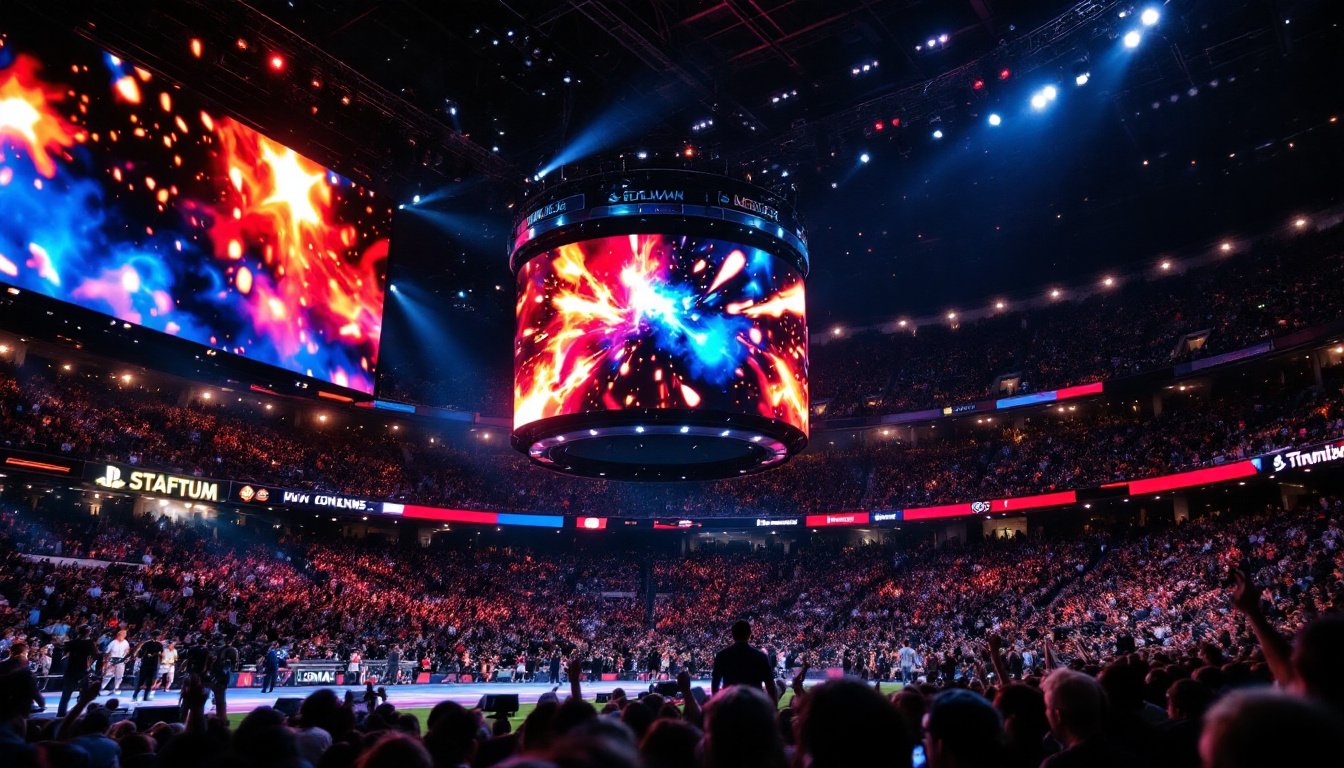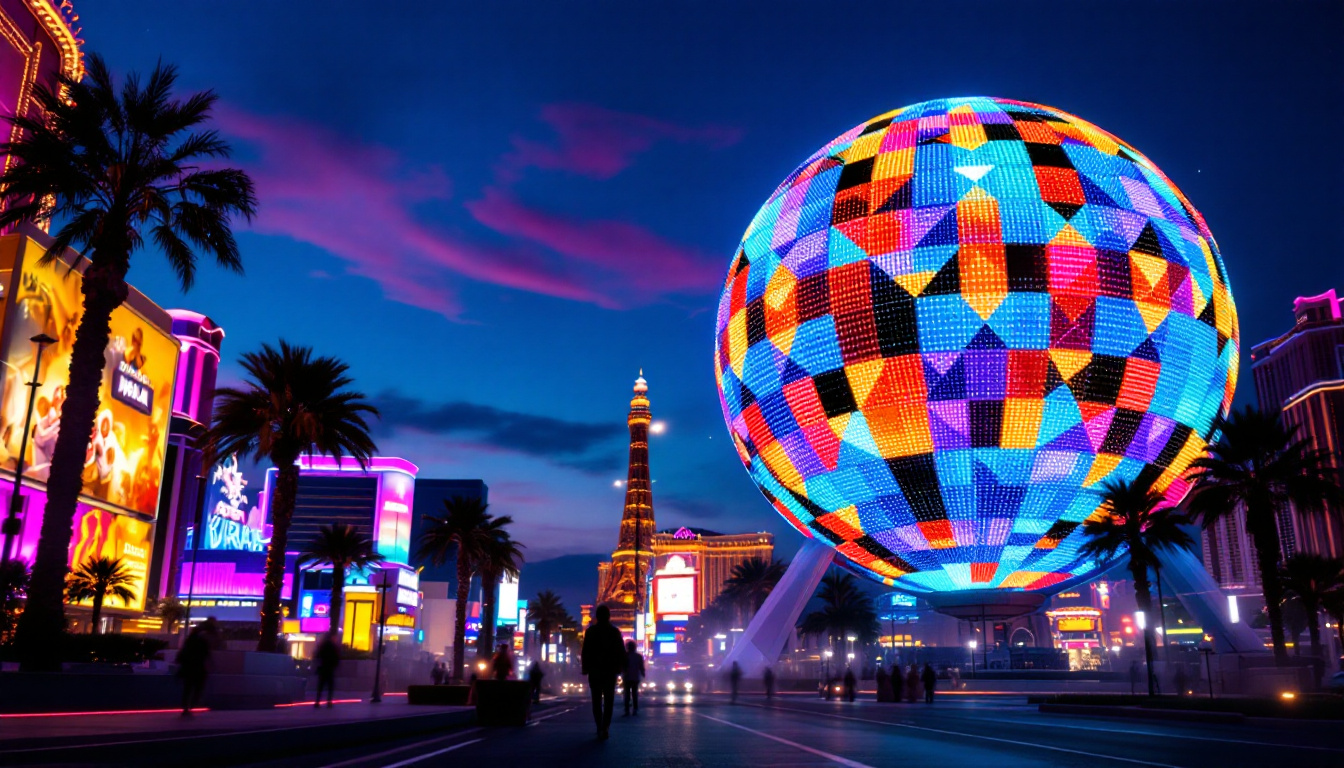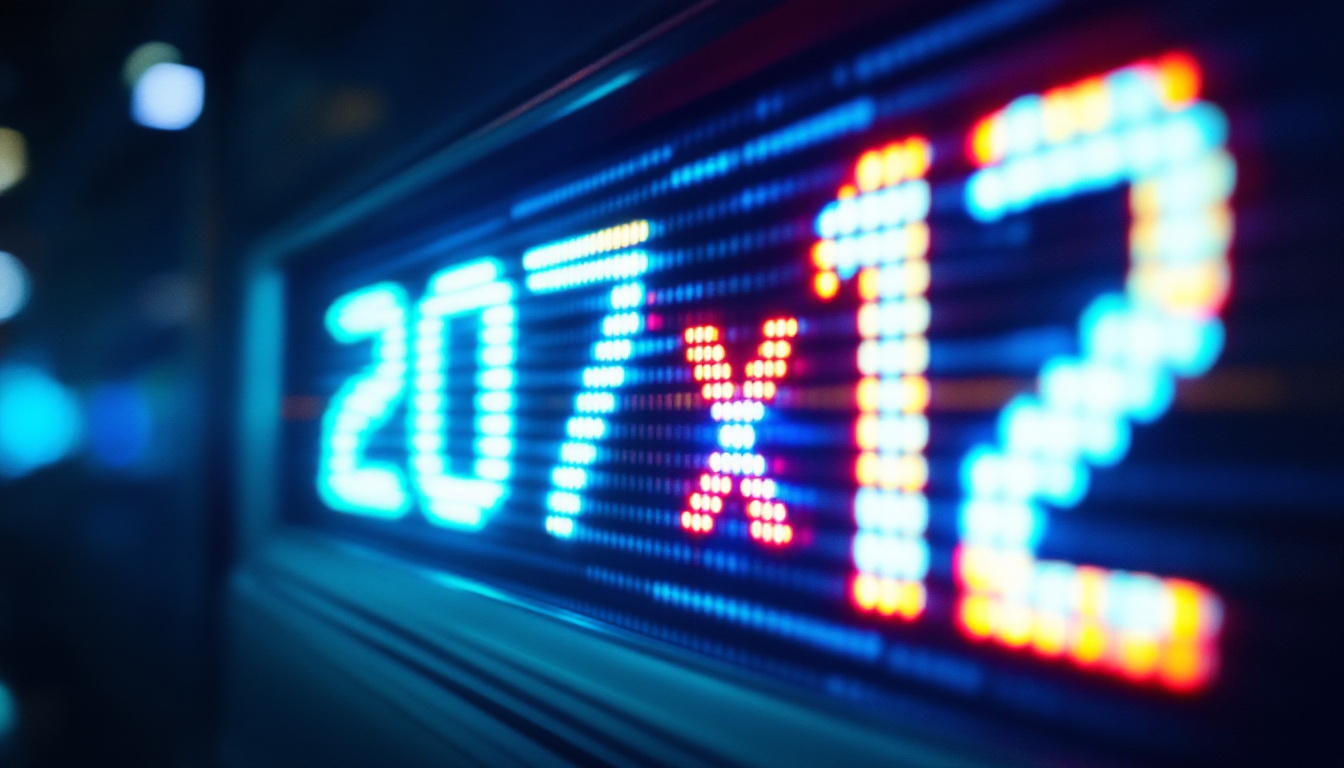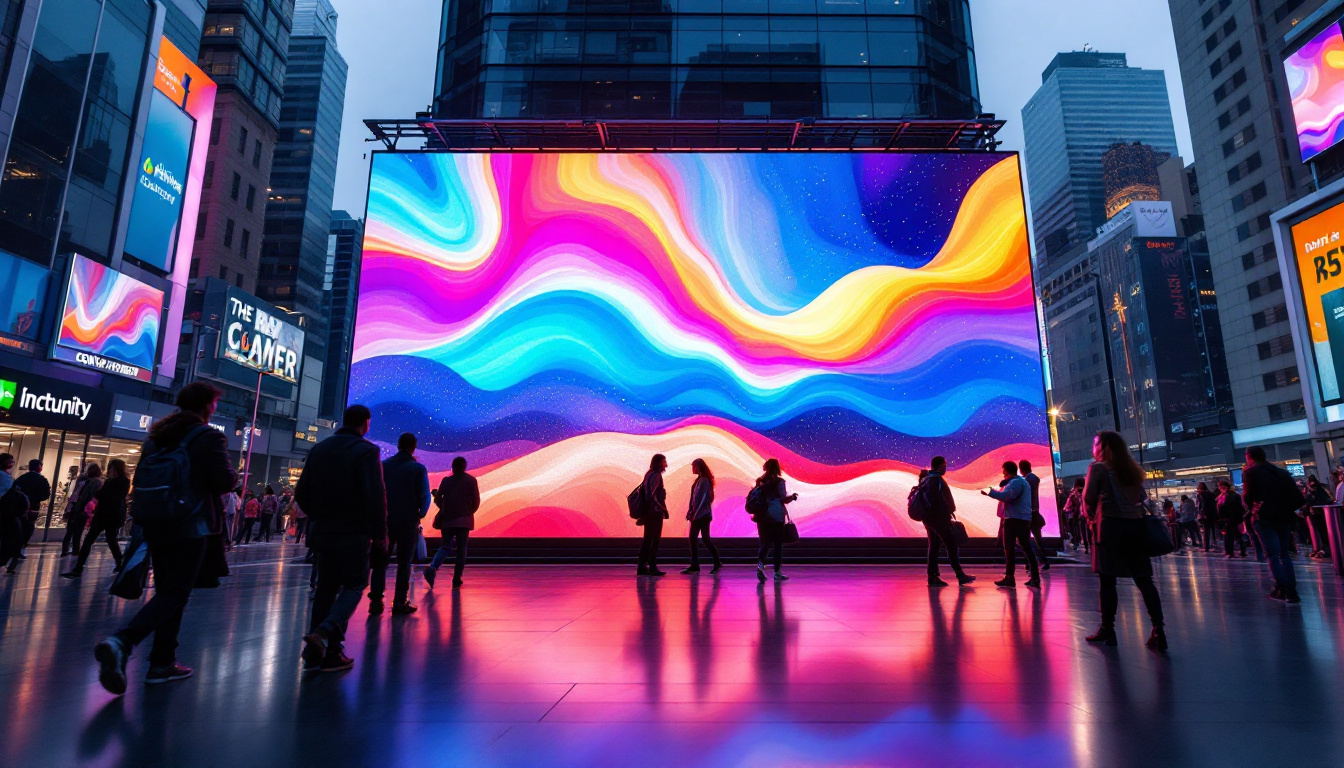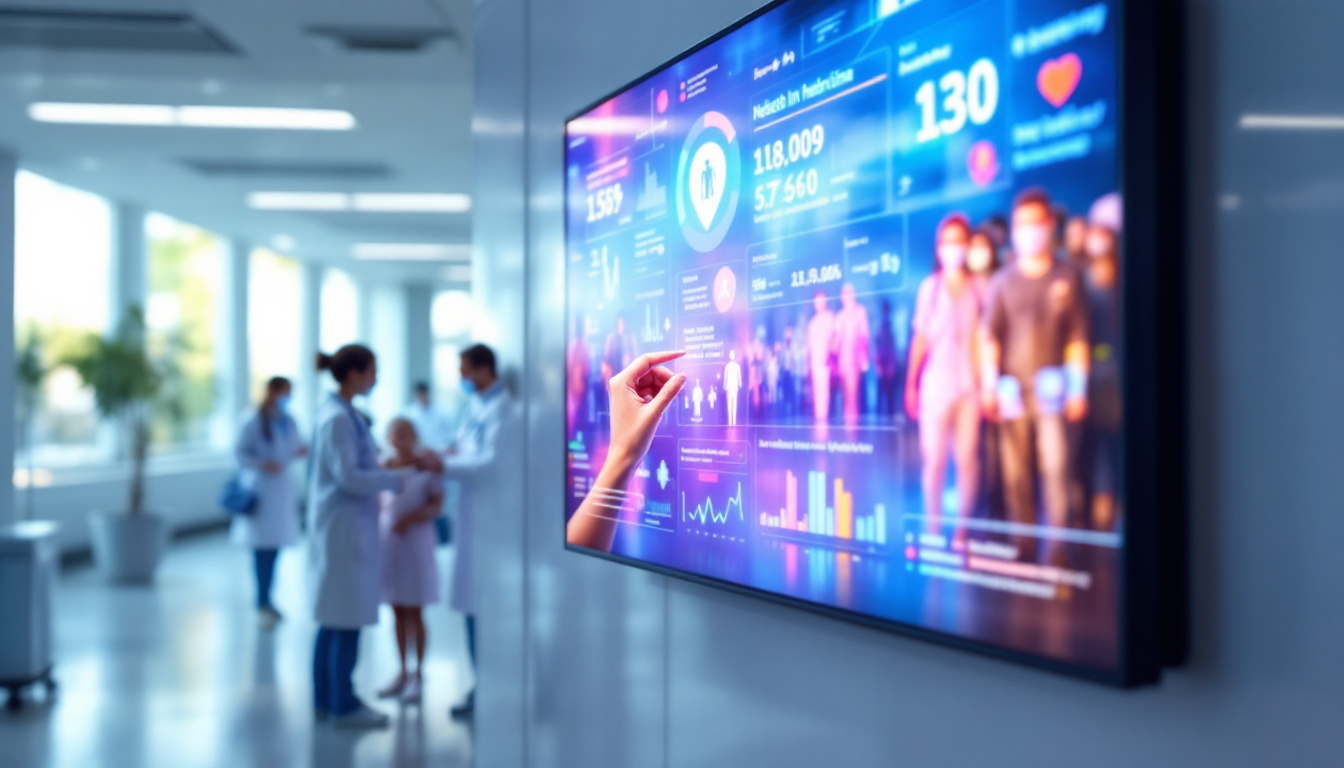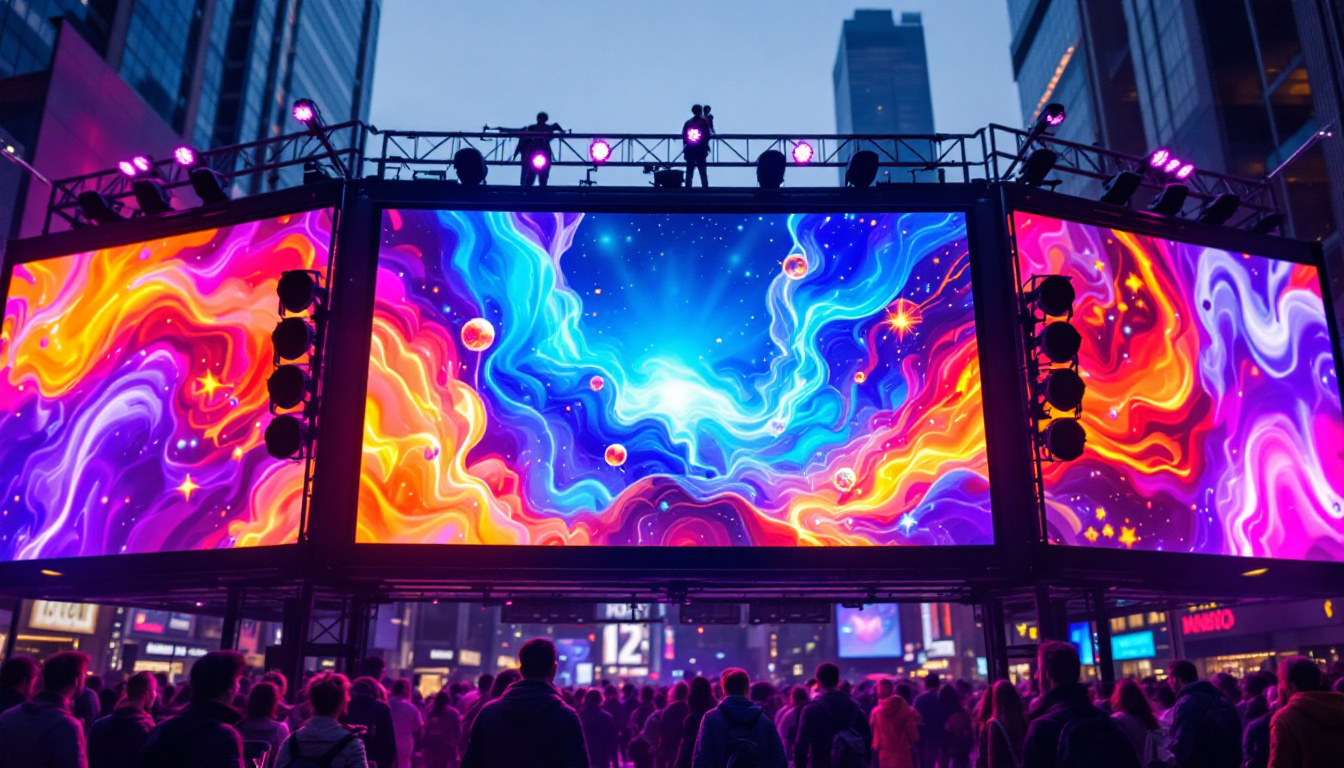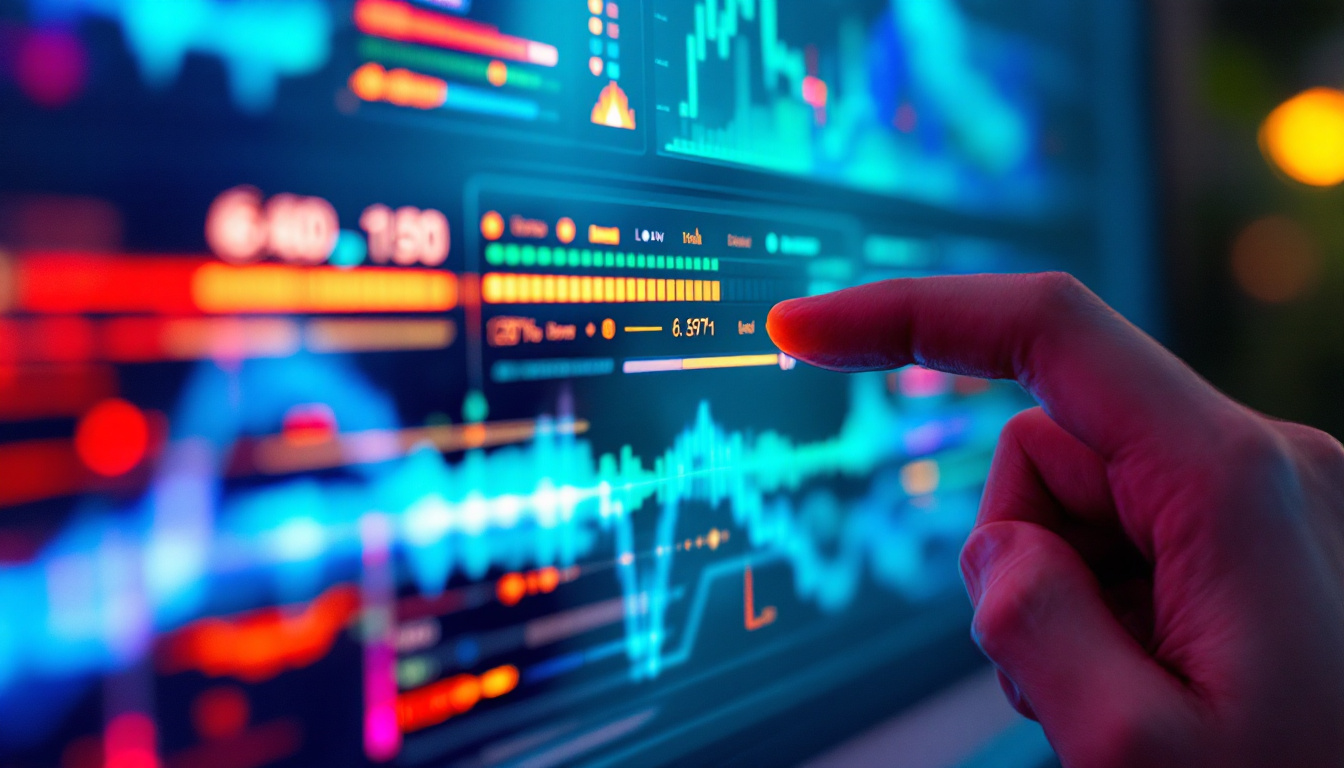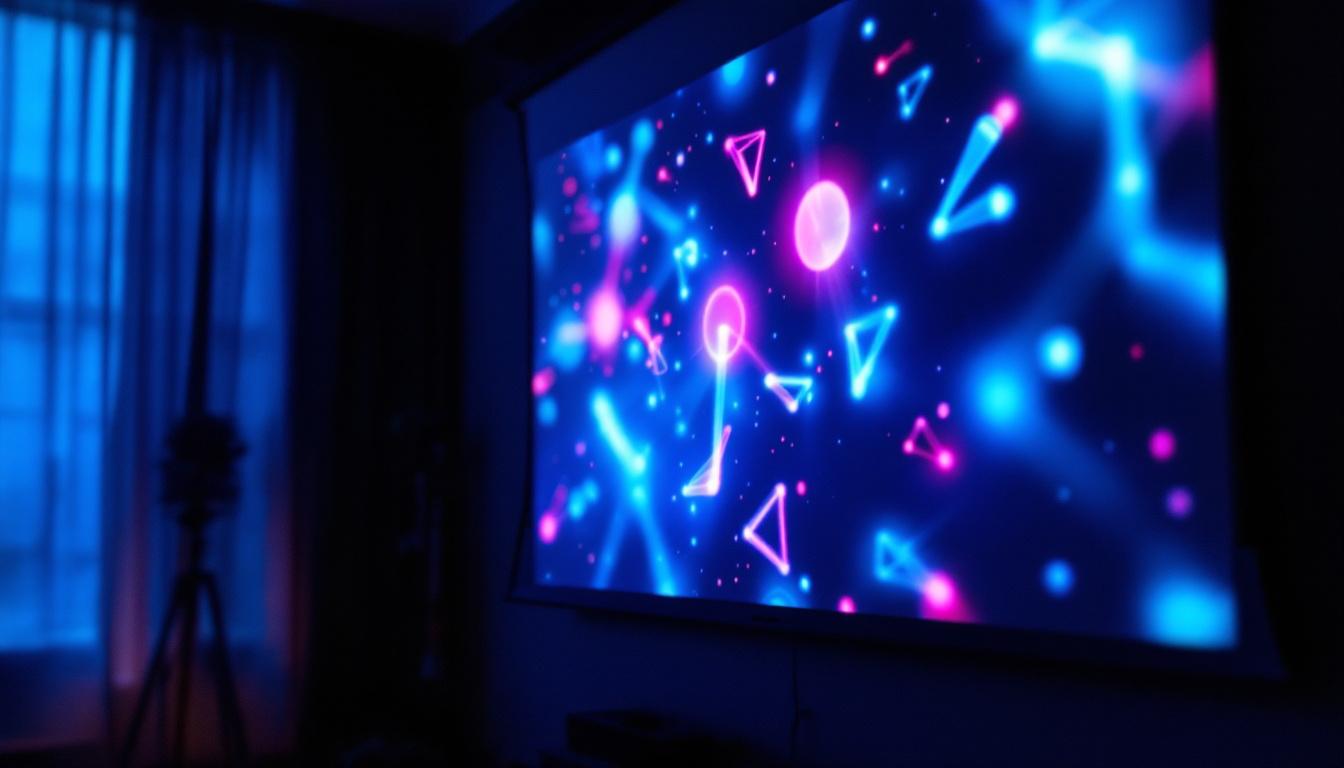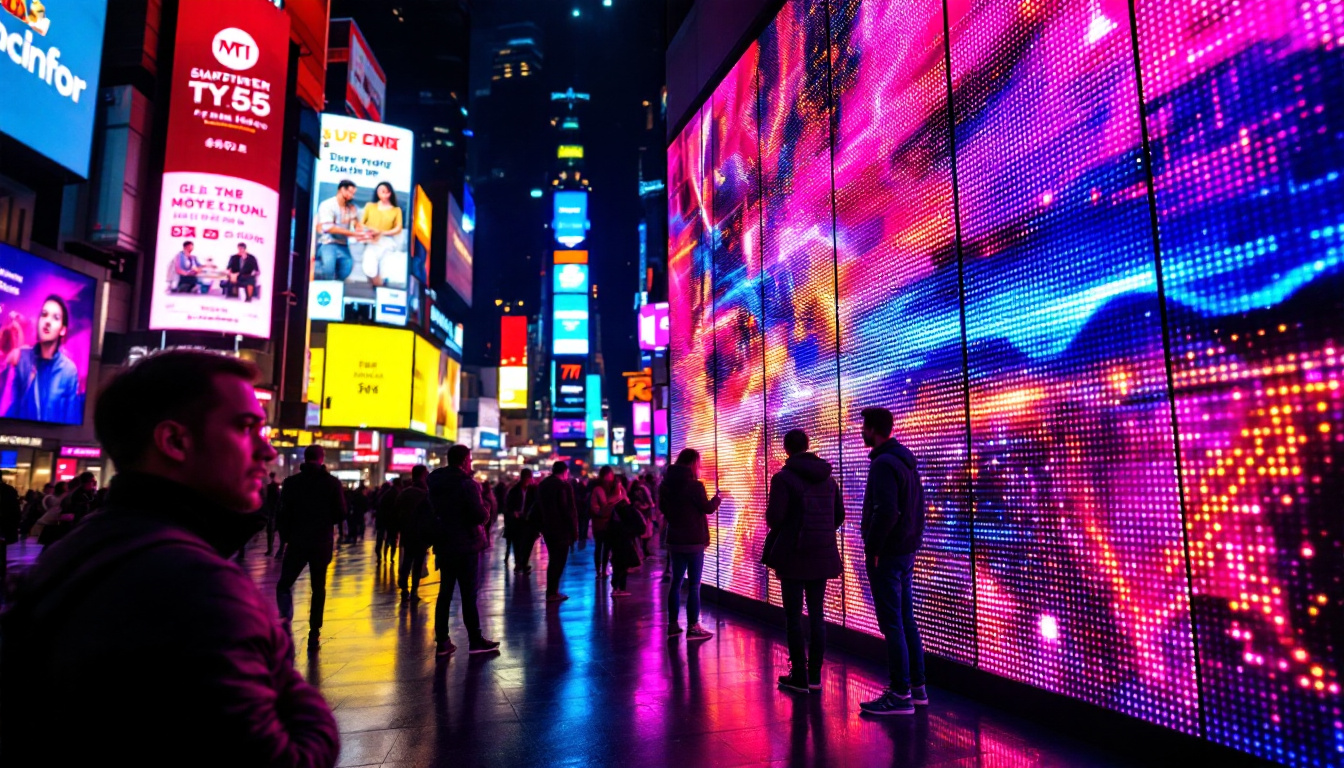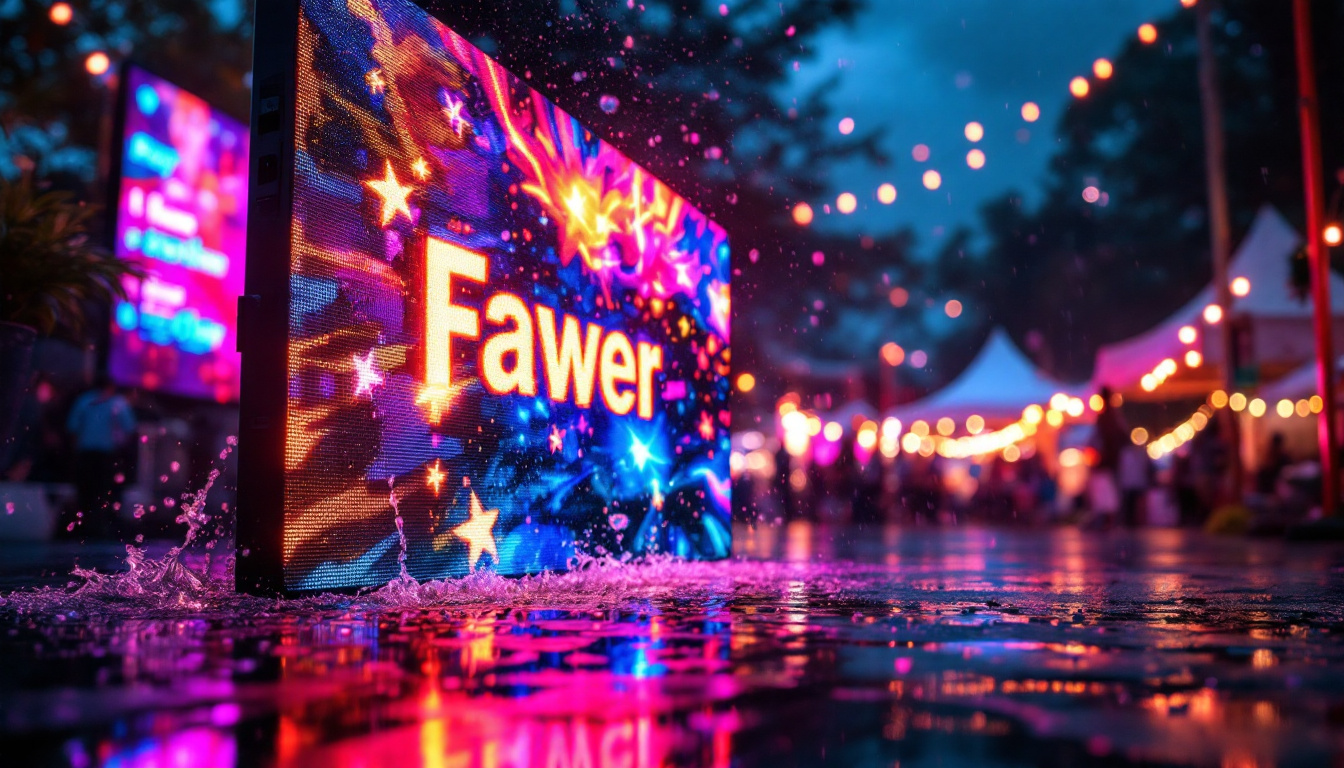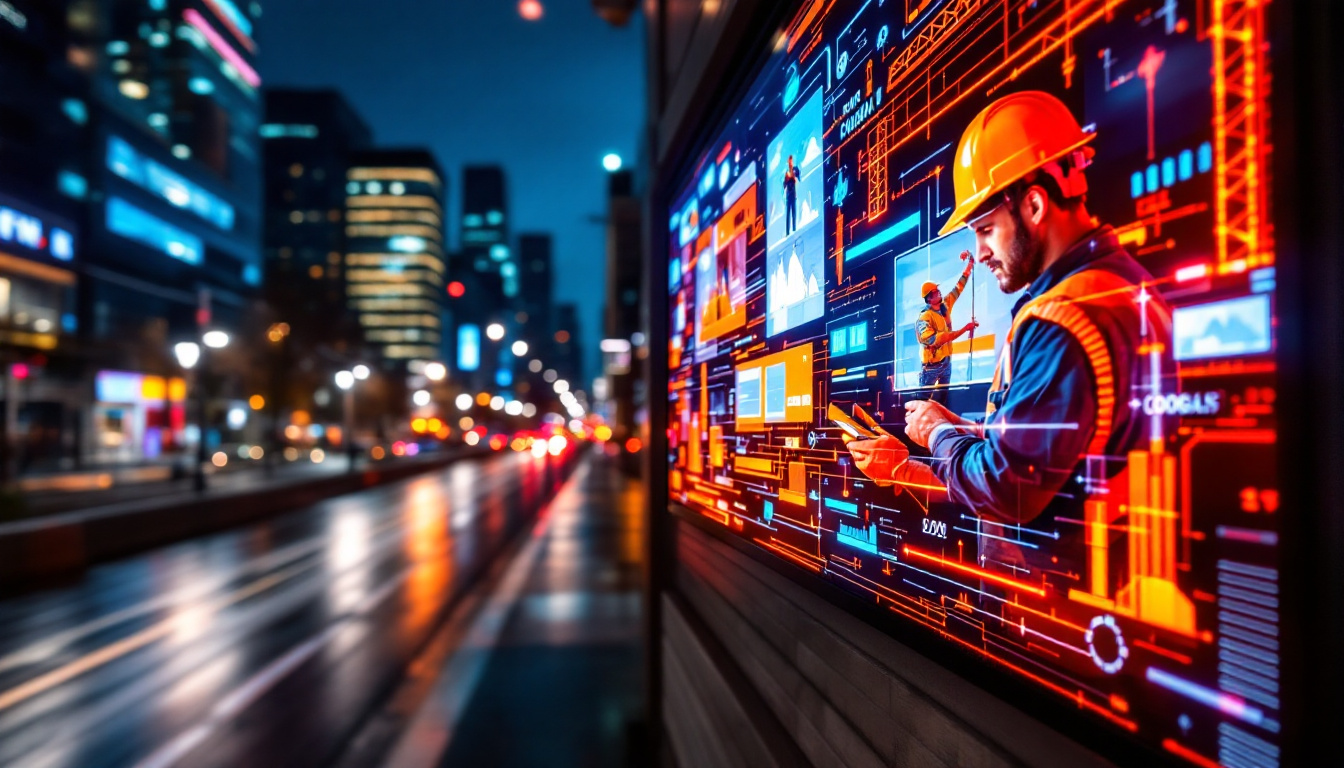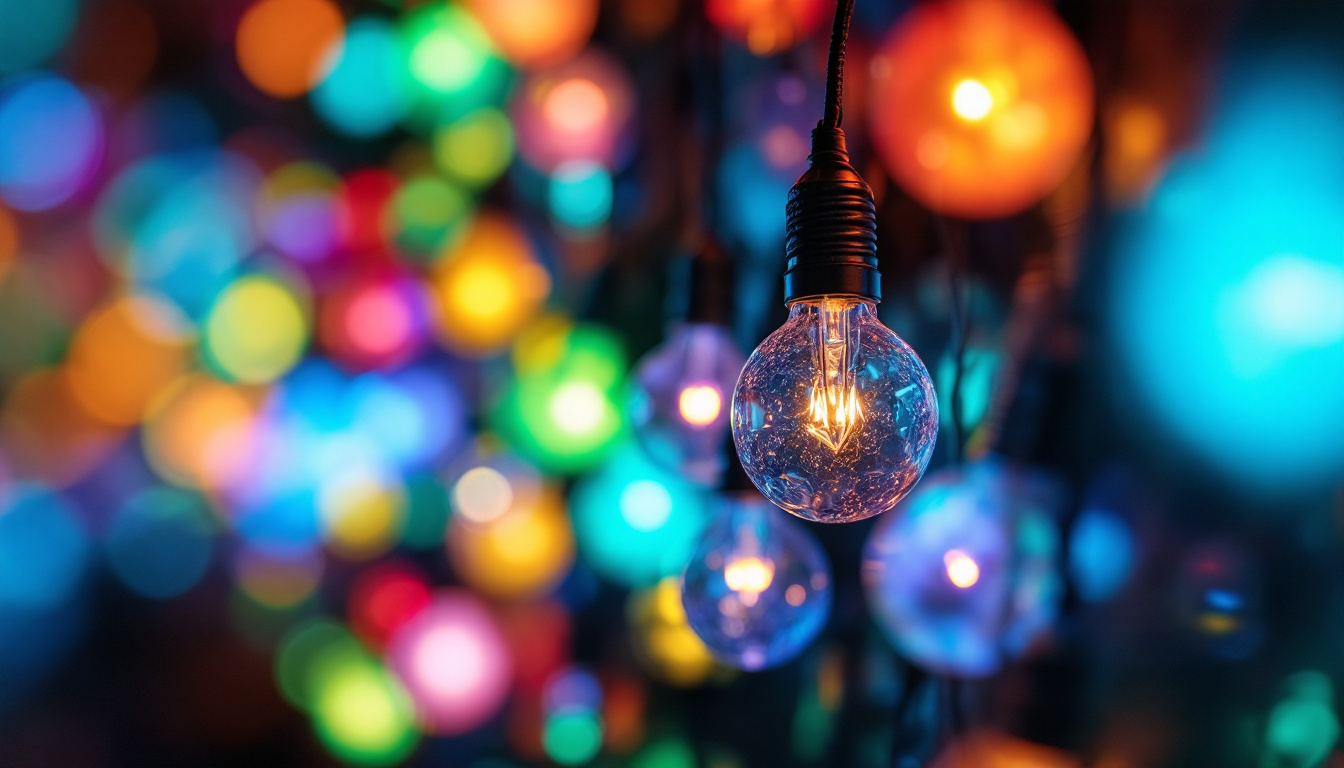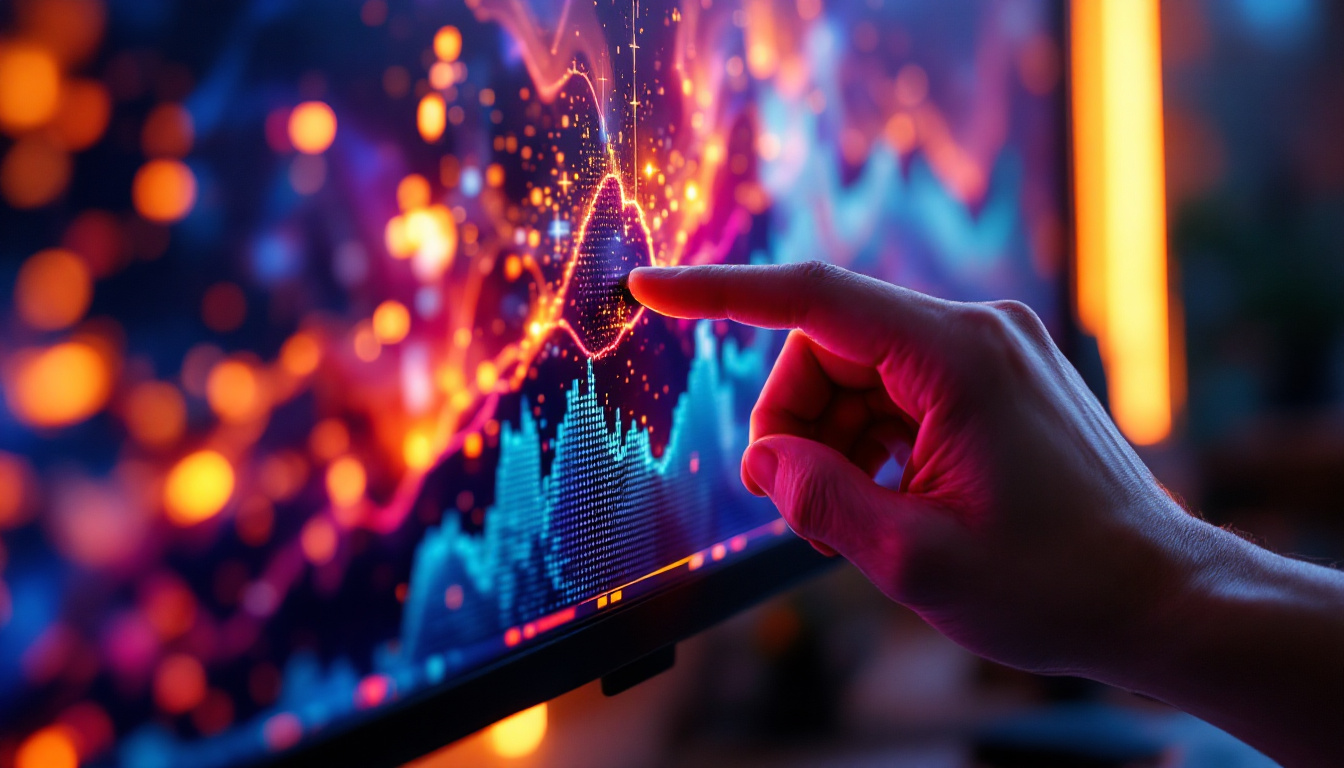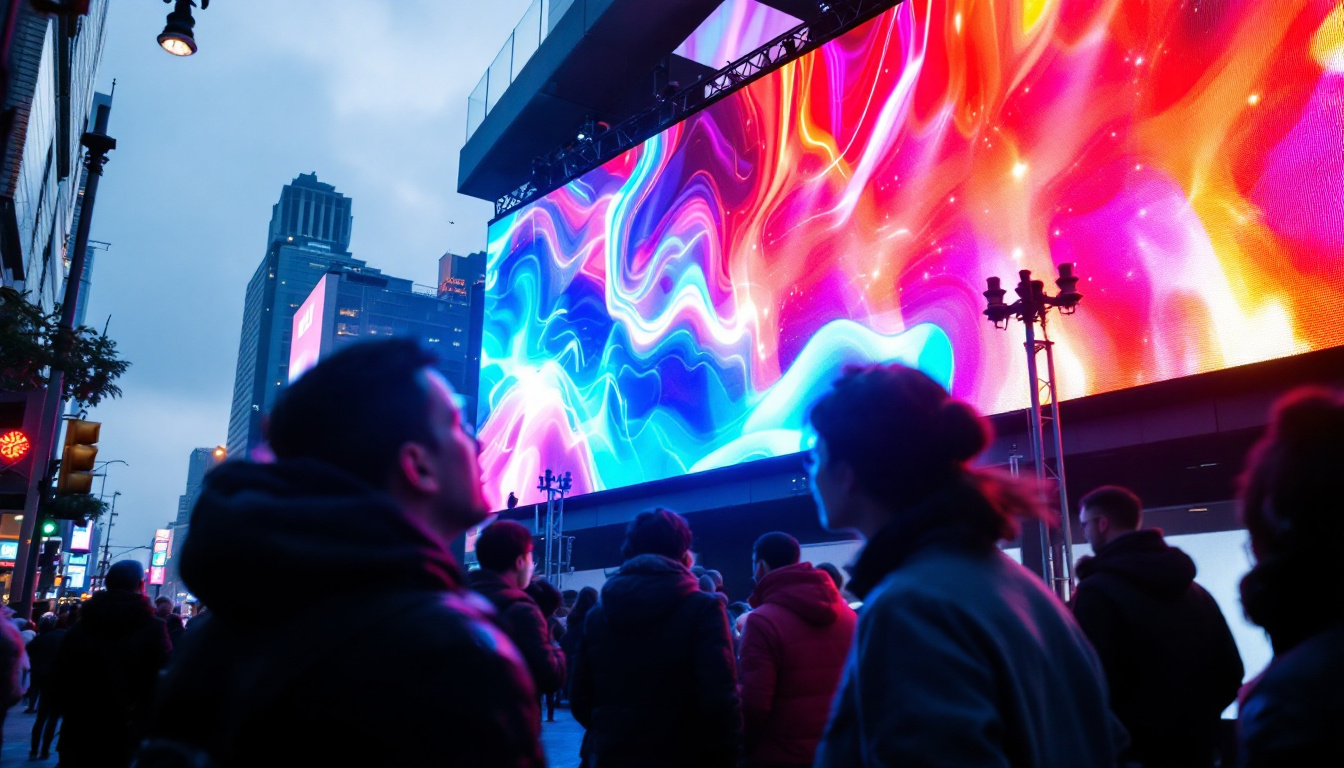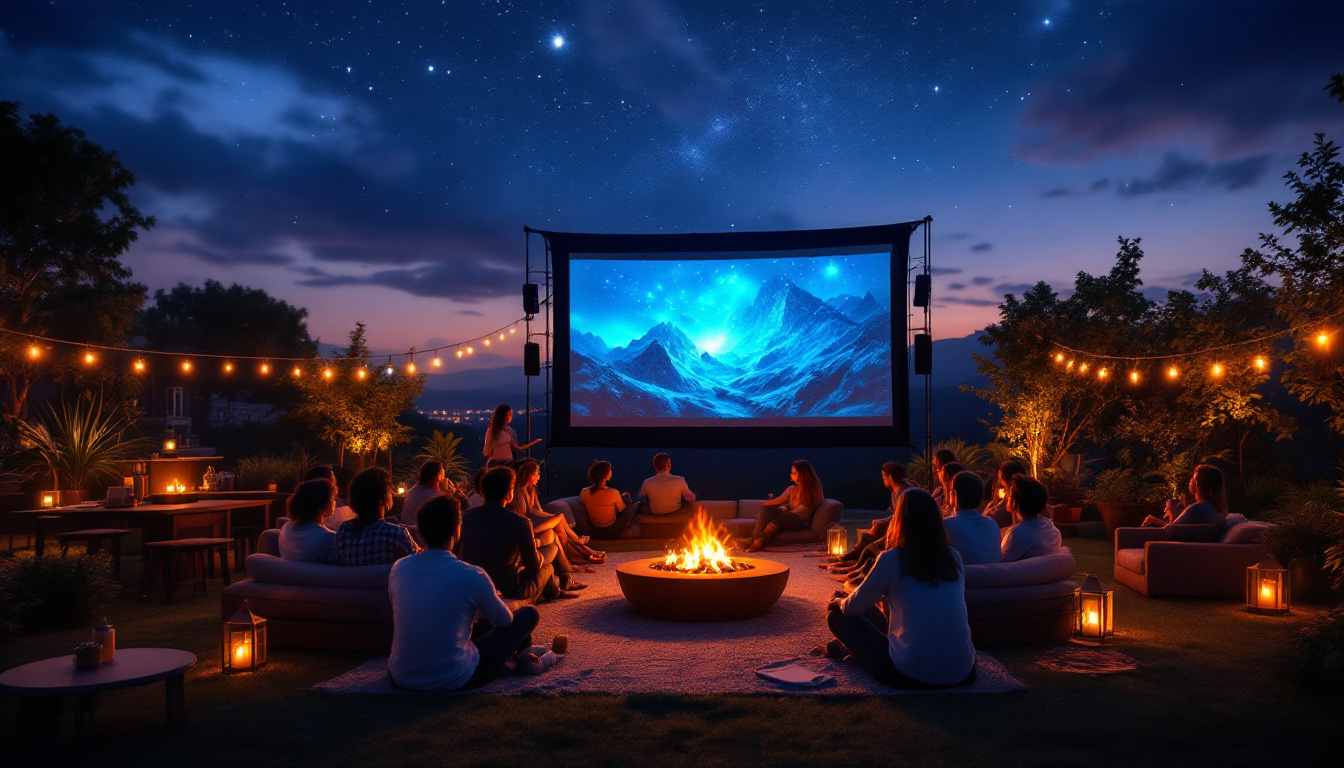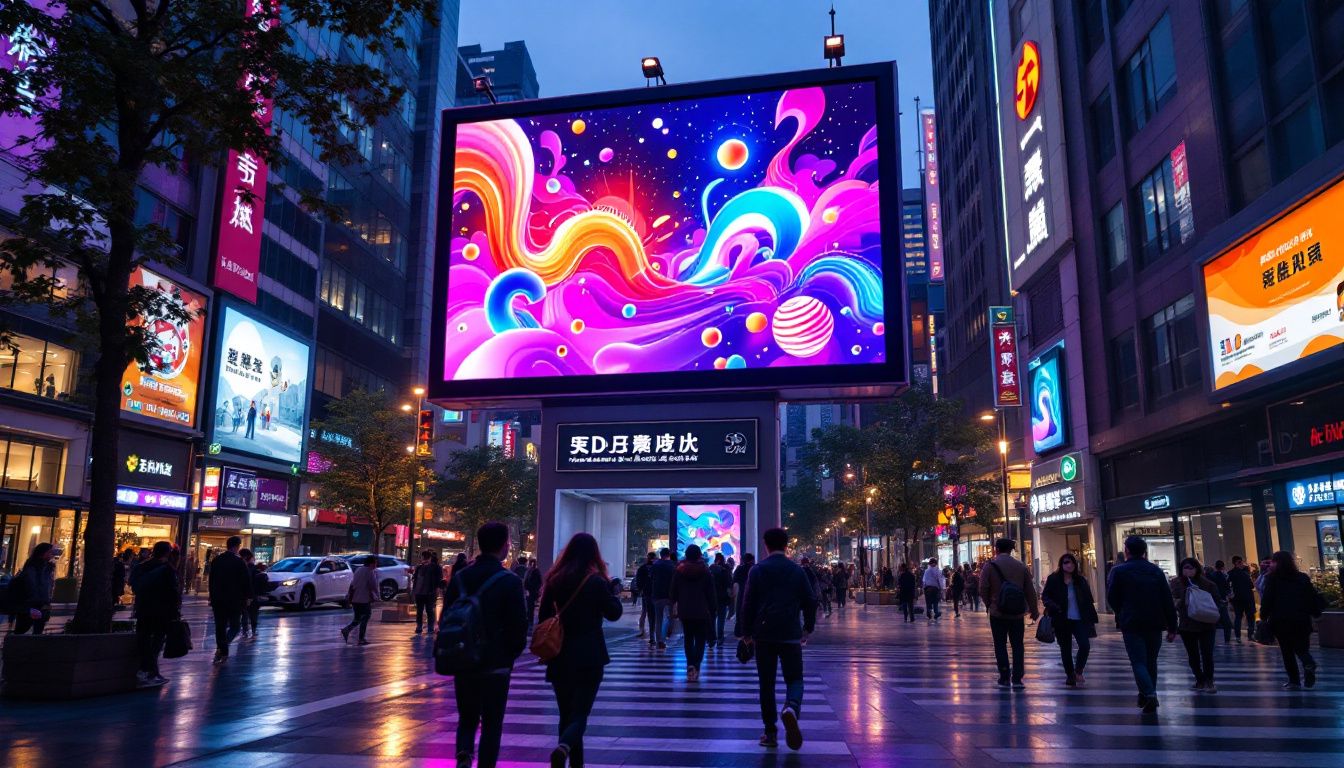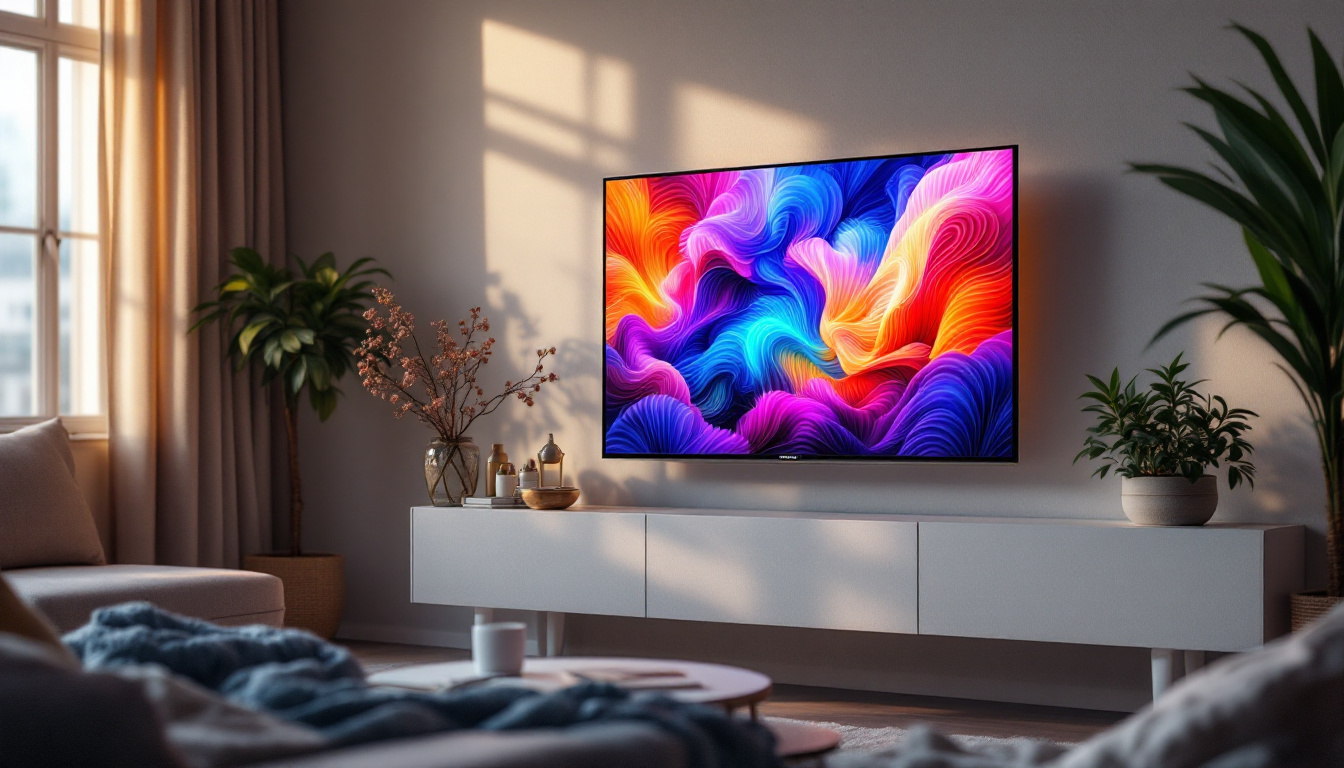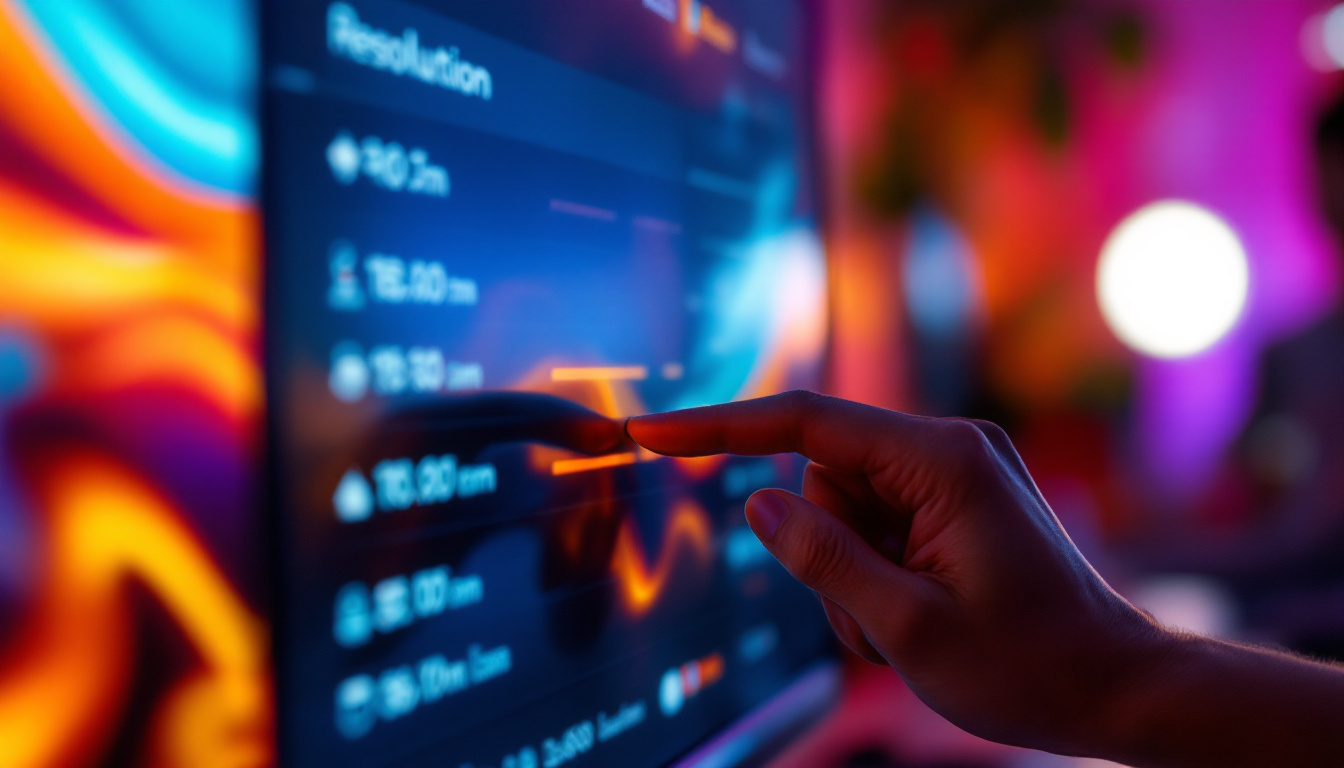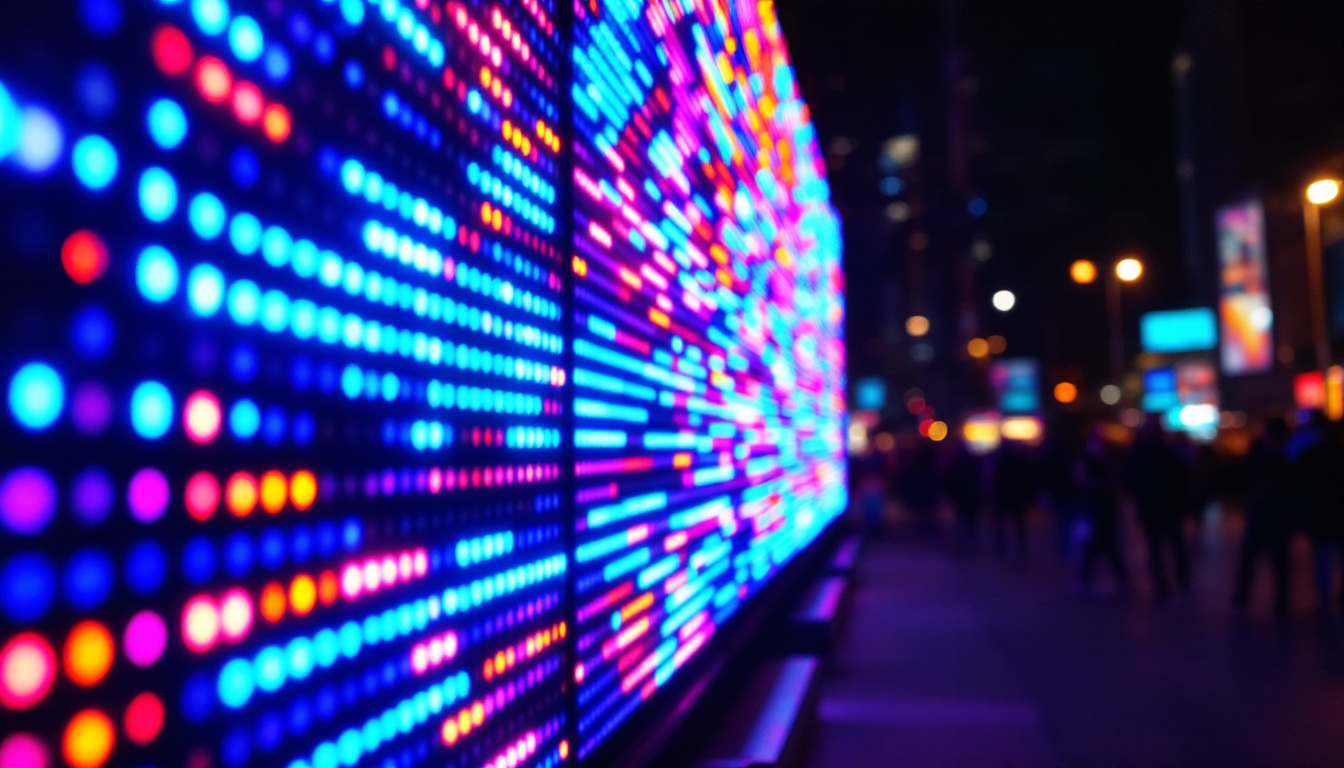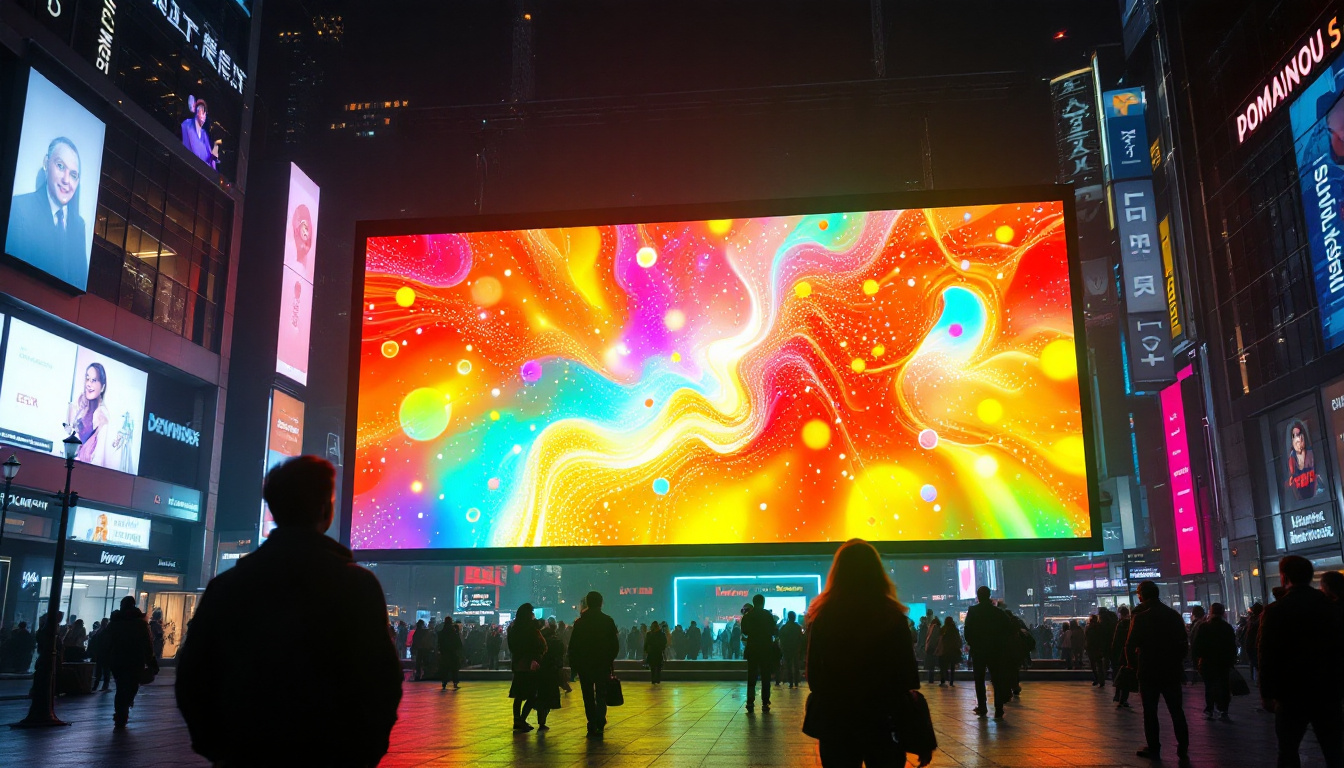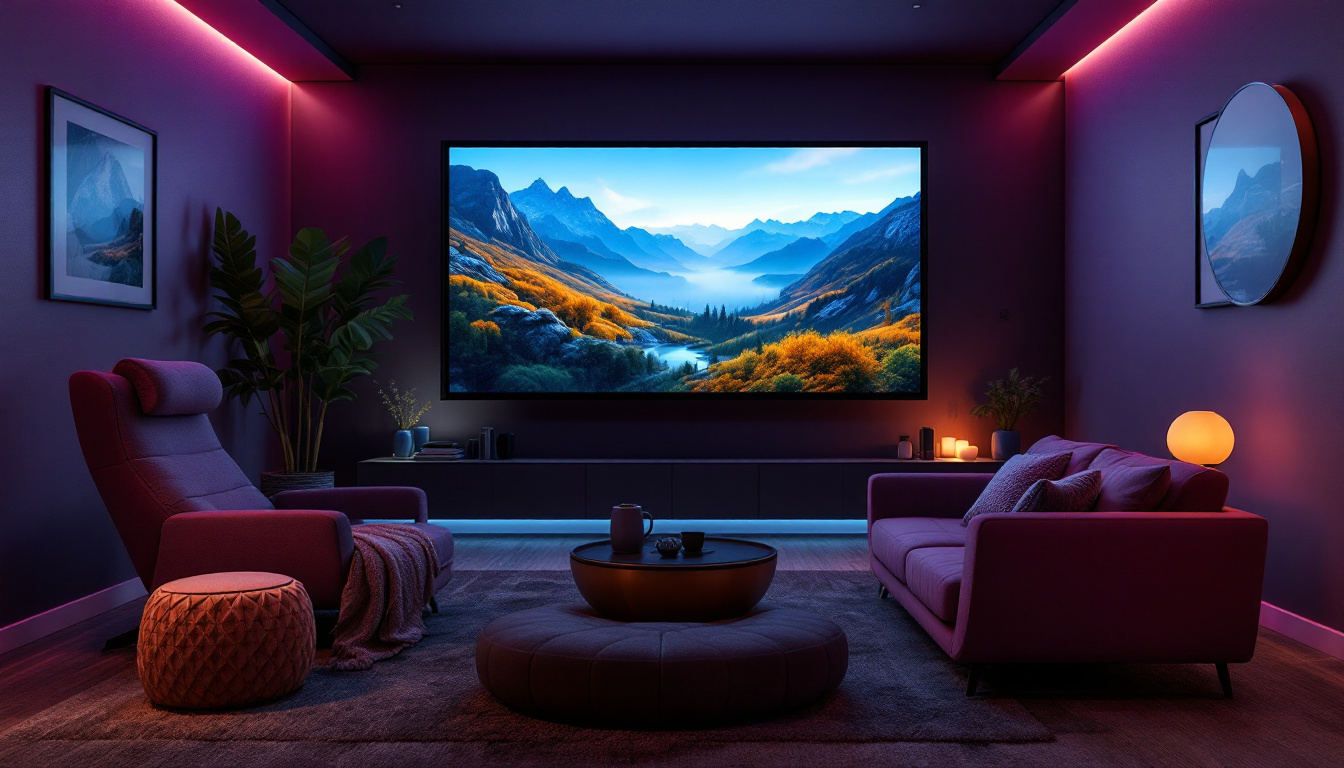In the realm of advertising, the evolution of technology has led to innovative methods of capturing consumer attention. One of the most impactful advancements in recent years is the rise of LED billboard advertising. This dynamic form of advertising utilizes LED (Light Emitting Diode) technology to create vibrant, eye-catching displays that engage audiences in ways traditional billboards cannot. This article delves into the intricacies of LED displays, their advantages, applications, and the future of billboard advertising.
Understanding LED Technology
LED technology has transformed the way information is presented visually. Unlike conventional bulbs, LEDs are semiconductor devices that emit light when an electric current passes through them. This technology allows for greater efficiency, longevity, and versatility in display options. The energy consumption of LED lights is significantly lower than that of traditional incandescent bulbs, making them an environmentally friendly choice. Additionally, their small size and lightweight nature enable innovative designs and applications that were previously impossible with older lighting technologies.
How LED Displays Work
LED displays consist of numerous tiny diodes that emit light in different colors. These diodes are arranged in a grid, forming pixels that can be individually controlled. This means that each pixel can display a specific color or brightness, allowing for the creation of detailed images and videos. The combination of red, green, and blue (RGB) diodes enables the display of a wide spectrum of colors, making the visuals more appealing. The technology behind LED displays also allows for rapid refresh rates, ensuring that moving images are smooth and clear, which is particularly important for video content and live broadcasts.
Types of LED Displays
There are various types of LED displays used in billboard advertising, including:
- Static LED Displays: These displays show a single image or message that can be changed periodically.
- Dynamic LED Displays: Capable of displaying moving images or videos, these boards are particularly effective in capturing attention.
- Full-Color LED Displays: These utilize RGB technology to create vibrant, colorful advertisements that can be seen from great distances.
In addition to these common types, there are also specialized LED displays designed for specific applications. For instance, Transparent LED Displays are increasingly popular in retail environments, allowing for eye-catching advertisements while still permitting visibility through the glass. Flexible LED Displays can be bent or shaped, enabling creative installations in various architectural settings. Furthermore, Outdoor LED Displays are built to withstand harsh weather conditions, featuring protective casings and enhanced brightness to ensure visibility even in direct sunlight. Each type of LED display serves a unique purpose, catering to the diverse needs of advertisers and businesses.
Advantages of LED Billboard Advertising
LED billboard advertising offers numerous advantages over traditional advertising methods, making it an increasingly popular choice for businesses looking to enhance their visibility.
High Visibility and Brightness
One of the most significant benefits of LED displays is their brightness. LED billboards can be seen clearly even in direct sunlight, making them ideal for outdoor advertising. Their high visibility ensures that advertisements capture the attention of passersby, whether they are driving or walking. The vibrant colors and dynamic visuals can create a striking impact, engaging viewers in a way that static billboards simply cannot. This ability to stand out in a crowded urban environment is crucial for brands aiming to make a memorable impression.
Cost-Effectiveness
While the initial investment in LED technology may be higher than traditional billboard materials, the long-term savings are substantial. LEDs consume significantly less energy than incandescent or fluorescent lights, leading to lower electricity bills. Additionally, their durability means less frequent replacements, further reducing costs. Many LED billboards are designed to last for over 100,000 hours, which translates to years of reliable service. This longevity not only minimizes maintenance costs but also maximizes the return on investment for advertisers, making it a financially savvy choice in the long run.
Flexibility and Customization
LED displays offer unparalleled flexibility in advertising. Advertisers can easily change messages, images, or videos in real-time, allowing for timely promotions and updates. This adaptability is particularly beneficial for businesses that want to react quickly to market trends or events. For instance, a restaurant can promote a special dish during a local event or a retail store can highlight flash sales as they arise. Moreover, the ability to schedule different ads throughout the day ensures that the content remains relevant to the audience, maximizing engagement. This level of customization not only enhances the effectiveness of the advertising campaign but also allows brands to maintain a fresh and dynamic presence in the marketplace.
Applications of LED Billboard Advertising
LED billboards are utilized across various industries, each leveraging the technology’s unique capabilities to enhance their marketing strategies.
Retail and E-commerce
Retailers often use LED displays to showcase sales, promotions, or new product launches. The ability to change advertisements quickly allows businesses to keep their messaging fresh and relevant. For e-commerce brands, LED billboards can drive traffic to their websites by displaying QR codes or special offers. Furthermore, the vibrant colors and high-resolution images that LED technology provides can significantly increase customer engagement. Retailers can also utilize these displays for interactive campaigns, where passersby can engage with the content through touch or motion sensors, creating a memorable shopping experience that encourages foot traffic into their stores.
Entertainment and Events
Concerts, festivals, and sporting events frequently utilize LED displays to engage audiences. These displays can show live feeds, highlight sponsors, or provide information about upcoming acts. The dynamic nature of LED technology enhances the overall experience for attendees, making events more memorable. Additionally, LED billboards can be strategically placed to capture the attention of attendees from various angles, ensuring maximum visibility. During halftime shows or intermissions, these displays can feature entertaining content, such as fan polls or trivia games, further enhancing audience interaction and keeping the excitement alive throughout the event.
Transportation Hubs
Airports, train stations, and bus terminals are prime locations for LED advertising. The high foot traffic in these areas ensures that advertisements reach a large audience. Additionally, LED displays can provide real-time information, such as flight arrivals and departures, making them functional as well as promotional. Beyond just advertisements, these displays can also serve as vital communication tools, offering travelers updates on delays, gate changes, and safety information. The integration of LED technology with mobile apps can further enhance the experience, allowing travelers to receive personalized notifications based on their travel itineraries, thereby making their journey smoother and more informed.
Challenges in LED Billboard Advertising
Despite the numerous advantages, LED billboard advertising does come with its own set of challenges that advertisers must navigate.
Regulatory Restrictions
Many cities and municipalities have strict regulations governing the use of digital billboards. These regulations can include restrictions on brightness levels, display duration, and even the types of content that can be shown. Advertisers must be aware of these regulations to ensure compliance and avoid potential fines. In some cases, local governments may impose a moratorium on new installations, further complicating the landscape for advertisers looking to expand their reach. Understanding the nuances of these regulations can be a daunting task, as they often vary significantly from one location to another, requiring thorough research and sometimes even legal consultation.
Initial Investment Costs
The initial costs associated with purchasing and installing LED displays can be significant. While the long-term savings are appealing, businesses must weigh the upfront investment against their advertising budgets. For smaller companies, this can pose a barrier to entry. Additionally, the cost of high-quality LED technology can fluctuate based on market demand and advancements in technology, making it challenging for businesses to predict their financial commitments. Furthermore, potential hidden costs, such as site preparation and permitting fees, can add to the financial burden, necessitating a comprehensive budget plan before committing to such an investment.
Technical Maintenance
LED displays require regular maintenance to ensure optimal performance. This includes cleaning, software updates, and potential repairs. Businesses must factor in these ongoing costs and consider whether they have the resources to manage them effectively. Moreover, the rapid pace of technological advancement means that what is cutting-edge today may soon become outdated, necessitating further investments in upgrades or replacements. This constant need for vigilance can strain the operational capabilities of companies, particularly those lacking dedicated technical staff. Additionally, the reliance on third-party service providers for maintenance can introduce further complexities, including scheduling conflicts and varying service quality, which can impact the effectiveness of the advertising campaigns.
The Future of LED Billboard Advertising
The future of LED billboard advertising looks promising, with advancements in technology and changes in consumer behavior driving innovation.
Integration with Smart Technology
As smart technology continues to advance, the integration of LED displays with mobile devices and apps is becoming more common. Advertisers can create interactive campaigns that engage consumers directly through their smartphones. For example, consumers could scan a QR code on a billboard to receive exclusive offers or participate in contests.
Enhanced Data Analytics
With the rise of data analytics, advertisers can gain insights into consumer behavior and preferences. This data can inform advertising strategies, allowing for more targeted and effective campaigns. By analyzing foot traffic patterns and engagement levels, businesses can optimize their advertising efforts for maximum impact.
Environmental Considerations
As sustainability becomes a priority for many consumers, the advertising industry is also shifting towards more eco-friendly practices. LED technology is inherently more energy-efficient than traditional lighting, but further innovations are being explored. These include solar-powered displays and recyclable materials, which can help reduce the environmental footprint of billboard advertising.
Conclusion
LED billboard advertising represents a significant leap forward in the advertising landscape. Its ability to deliver vibrant, engaging content in real-time makes it a powerful tool for businesses looking to capture consumer attention. While challenges exist, the benefits far outweigh the drawbacks, making LED displays a worthwhile investment for companies across various industries.
As technology continues to evolve, the future of LED billboard advertising holds even more potential. With the integration of smart technology, enhanced data analytics, and a focus on sustainability, advertisers have the opportunity to create innovative campaigns that resonate with consumers. Embracing these advancements will be crucial for businesses aiming to stay competitive in an ever-changing market.
Illuminate Your Brand with LumenMatrix
Ready to elevate your advertising strategy with the vibrant, dynamic capabilities of LED display technology? Discover how LumenMatrix can transform your brand’s visibility and audience engagement. From Indoor and Outdoor LED Wall Displays to specialized solutions like Vehicle LED Displays and LED Sports Displays, LumenMatrix offers a comprehensive range of cutting-edge products. Our mission is to revolutionize your visual communication, ensuring your message resonates with clarity and impact. Check out LumenMatrix LED Display Solutions today and start creating unforgettable visual experiences.

